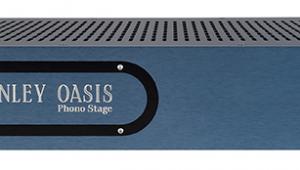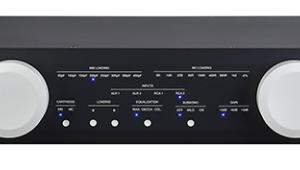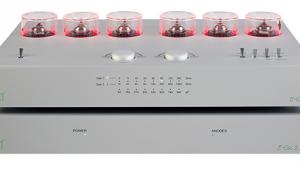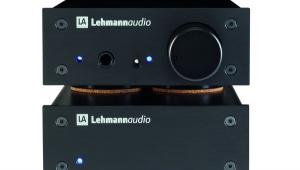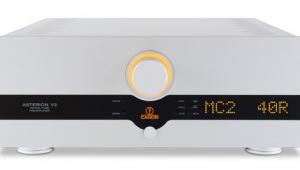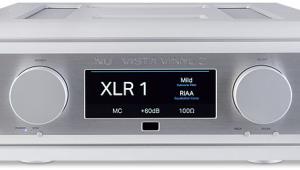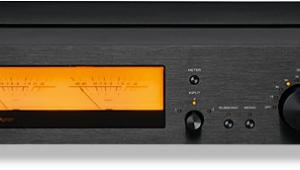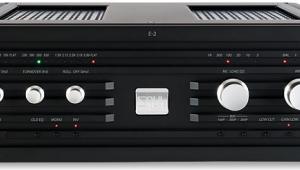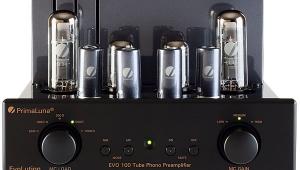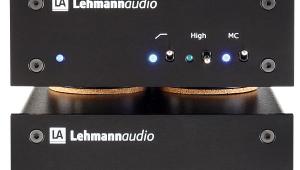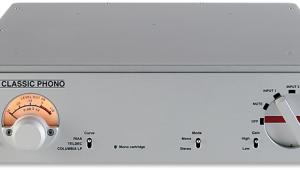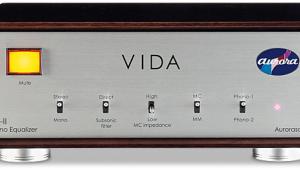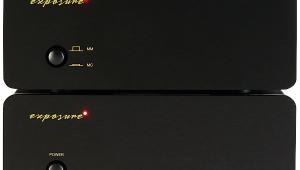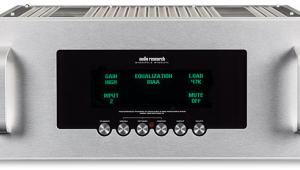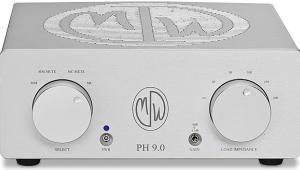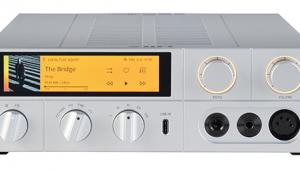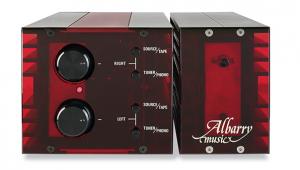Mola Mola Lupe Phono Preamplifier
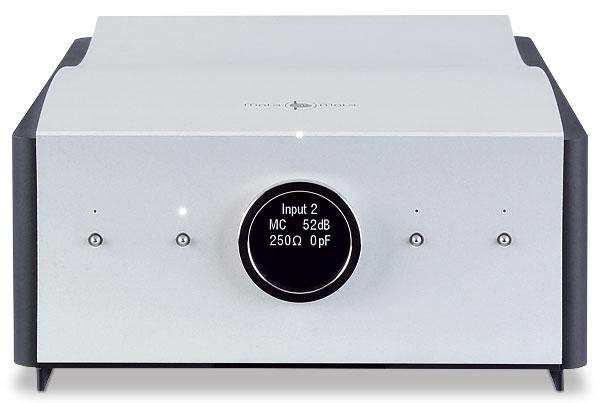
 Developed from the phono stage debuted in the Makua preamp and Kula integrated, the Lupe is a deceptively simple-looking but hugely flexible, app-driven phono preamp
Developed from the phono stage debuted in the Makua preamp and Kula integrated, the Lupe is a deceptively simple-looking but hugely flexible, app-driven phono preamp
In recent years Dutch firm Mola Mola has spread its wings from the Bruno Putzeys-designed pre/power amplifiers it debuted at CES in 2013 to include partnering separates. The first of these was the innovative Tambaqui DAC [HFN Nov '19], which fleshed out the company's optional digital module into a standalone design, and into the Kula integrated [HFN Oct '21]. These are now joined by the £7299 Lupe phono preamplifier named, in typical Mola Mola fashion, after a fish – 'Lupe' being the Hawaiian name for the broad stingray.
The Lupe is also a development of an earlier module, in this case the phono stage originally crafted for the Makua preamplifier [HFN Aug '17] and later also leveraged into the Kula. The basic building blocks of the RIAA network are retained, albeit highly refined into separate MM and MC stages, and include Mola Mola's custom discrete op-amp modules. The balanced output stage is the same as that used in the Makua and Kula while a new, comprehensively screened power supply supports what Mola Mola claims is 'extremely silent and powerful signal transmission'.
Out With The Old
As an initial hint to the flexibility of the Lupe, you'll find plenty of sockets on the rear of its curvaceous, piscine, half-width enclosure. These comprise one pair of balanced XLR inputs, three pairs of unbalanced phono inputs, plus one pair each of RCA and XLR outputs. Also fitted are three separate grounding terminals, plus trigger input and output through 3.5mm jack sockets.
There's less of a view around the front, because the Lupe is operated through a series of presets rather than having physical gain, loading and other settings that are adjusted via a matrix of DIP switches. In Mola Mola's universe, that approach is very 'old school'. Instead, four small buttons on the unit's aluminium fascia – two either side of its central, circular display – correspond to four pre-configured settings. These are managed using Mola Mola's Bluetooth-based smartphone app, which enables an intricate adjustment of loading and, in particular, MM/MC gain which spans 45-50dB and 52-87dB, respectively, in fine 5dB steps.
In practice, the Lupe's huge range of adjustments – including no fewer than 44 legacy/pre-RIAA eq curves – means there's not a pick-up or LP label out there it won't handle. Within those curves you can also change the upper and lower time constants, plus the bass shelf, to alter the frequency response. I can't help thinking this might be a few adjustments too far – accurately recreating a particular curve and then giving users the opportunity to fiddle with it seems a little self-defeating. Still, Mola Mola says in the Lupe's user manual that it's 'aware of customers using these as a kind of tone control. This is fine, of course'.
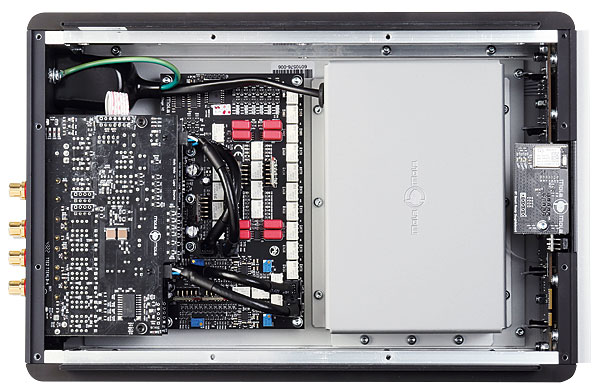
Taking Control
The Lupe is factory-configured with inputs 1, 3 and 4 set to MM with 47kohm loading, 45dB of gain and 100pF of capacitance, while input 2 is set to MC, a 250ohm load and 52dB of gain. A remote control [which also uses Bluetooth] is supplied, but this only switches between presets, and operates mono, subsonic filter and muting functions.
In use, the Remote app is straightforward and being able to make 'on the fly' adjustments is very convenient. Be aware, however, that the Lupe contains protection against DC or overload at the output whereupon the subsonic filter is engaged. If this is triggered – if you set too high a gain and drop the stylus, for example – then 'normal service' may be resumed by clicking onto an adjacent input preset on the fascia before clicking back onto the input you want.
For my extended auditioning, I connected the Lupe to my regular Yamaha C-5000 preamplifier [HFN Aug '20] and Michell Gyro SE/SME V turntable set-up with a variety of cartridges, including an Ortofon 2M Black MM [HFN Mar '11], plus Ortofon Cadenza Black and Denon DL-103 [HFN Jul '09] MCs.
![]() Master And Commander
Master And Commander
Whether used with an MM or MC cartridge, the sound of the Lupe is as sophisticated as the hardware's appearance and functionality. Mola Mola's standalone phono amp has an unmistakable authority and sure-footedness to its presentation, bolstered by a rock-solid bass and a commanding sense of scale and precision to the soundstage.

